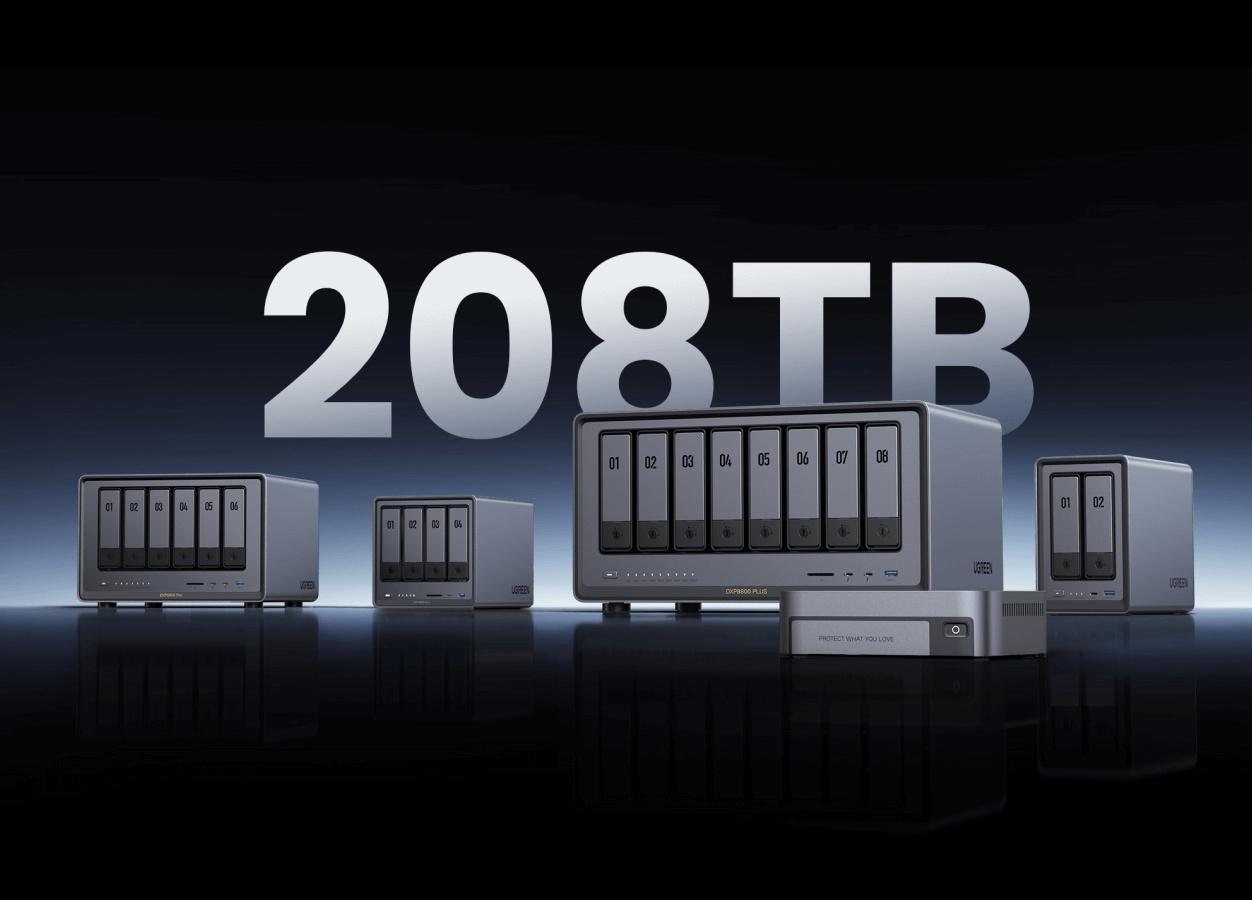The Impact of 4K and High-Resolution Media on NAS Storage Needs
In recent years, the demand for high-resolution media has surged, driven by advancements in technology and consumer preferences. With the advent of 4K video, ultra-high-definition (UHD) content, and even 8K formats, the way we store, manage, and access media has transformed dramatically. For users relying on Network Attached Storage solutions, understanding the implications of high-resolution media on storage needs is crucial. This post will explore how 4K and high-resolution content affects storage requirements, performance considerations for NAS systems, and practical solutions for managing these demands.
Understanding the Data Requirements of 4K and High-Resolution Media
Impact on Storage Capacity
As users transition to higher resolutions, the need for larger storage capacities becomes apparent. For instance, a filmmaker working on a feature-length film in 4K may need several terabytes of storage just for raw footage alone. This increased demand can quickly overwhelm traditional storage solutions if they are not adequately prepared.
Data Rates
In addition to larger file sizes, high-resolution formats come with increased data rates. Streaming or editing 4K content requires a robust system capable of handling significant data throughput. A standard gigabit Ethernet connection may suffice for some tasks, but for seamless playback and editing—especially when multiple streams are involved—10GbE connections or higher are often necessary. Click to learn about the UGREEN 4 bay nas dxp4800 plus configured with 10GbE and 2.5GbE network ports.
Performance Considerations for NAS Systems
Speed Requirements
When it comes to NAS systems handling high-resolution media, speed is paramount. Users need a solution that can deliver fast read and write speeds to ensure smooth playback and efficient editing processes. A NAS equipped with SSDs or hybrid configurations that utilize SSD caching can significantly enhance performance by reducing latency.
SEE MORE : Breaking Down Complex Lab Tasks with Modern Innovations
Network Infrastructure
The network infrastructure supporting your NAS also plays a critical role in performance. To effectively stream multiple high-resolution files simultaneously without lag or buffering, investing in a robust network setup is essential. Multi-gigabit Ethernet switches and routers can facilitate these high-speed connections, ensuring that your NAS operates at optimal efficiency.
Hardware Specifications
Selecting the right hardware is crucial for managing high-resolution media effectively. A NAS with a powerful CPU and sufficient RAM will be better equipped to handle demanding tasks such as transcoding video files or running multiple applications concurrently. Look for models that support expandable RAM options to future-proof your investment as your media library grows.
Choosing the Right NAS for High-Resolution Media
Capacity Planning
When selecting a NAS system designed for high-resolution media, it’s vital to plan your capacity needs carefully. Start by assessing your current media library and estimating future growth based on your consumption habits. This foresight will help you choose a system that can accommodate your needs without requiring frequent upgrades.
RAID Configurations
Implementing an appropriate RAID configuration is essential for balancing performance and redundancy. RAID 5 or RAID 10 are popular choices among users dealing with large media files because they provide both speed and data protection. RAID 5 allows for one drive failure without data loss while maximizing usable capacity, whereas RAID 10 offers excellent redundancy but sacrifices half of the total capacity.
Recommended Features
When evaluating NAS devices for high-resolution media management, consider features such as SSD caching capabilities, multi-gigabit Ethernet support, and compatibility with various operating systems. These features can significantly enhance your experience when working with large files.
Practical Use Cases for NAS in High-Resolution Media Workflows
Media Production
For professionals in video editing and film production, a NAS system serves as an invaluable tool for centralized storage and collaboration. With multiple users accessing high-resolution files simultaneously, a well-configured NAS ensures that everyone can work efficiently without bottlenecks.
Home Entertainment Systems
Home users looking to create an extensive media library can benefit greatly from using a NAS as their primary storage solution. By storing movies, TV shows, and music collections in one place, families can easily stream content across various devices throughout their home without worrying about running out of space.
Backup Solutions
A NAS also provides an effective backup solution for large media libraries. Regularly backing up data stored on your NAS ensures protection against loss or corruption due to hardware failure or accidental deletion. Implementing automated backup routines can simplify this process further.
Conclusion
The impact of 4K and high-resolution media on NAS storage needs cannot be overstated. As file sizes increase and data rates soar, users must adapt their storage solutions accordingly. By understanding the requirements associated with high-resolution content—ranging from capacity planning to performance considerations—users can select the right NAS system tailored to their specific needs.
Investing in a capable NAS not only enhances data management efficiency but also improves overall user experience when handling high-resolution media. Whether you are a professional filmmaker or a home entertainment enthusiast, choosing the right solution will ensure that your valuable content is stored securely and accessed seamlessly when you need it most. Feel free to adjust any sections or add specific examples based on your personal experiences or insights!







